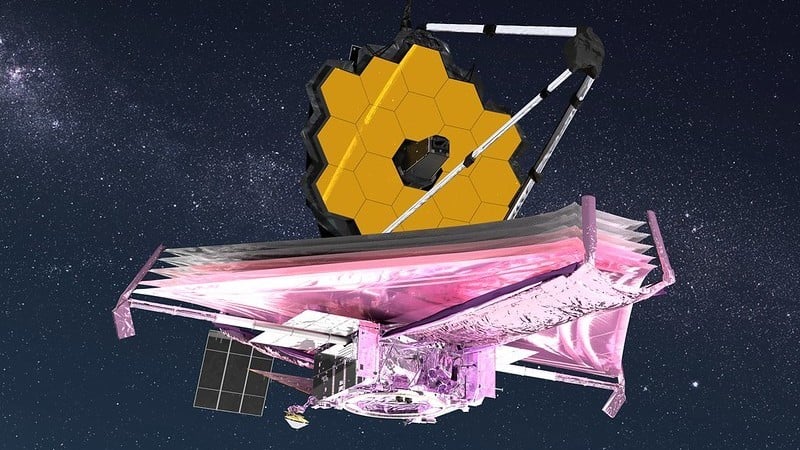The Hunt For One Of Georgia’s Rarest Flowers
One of Georgia’s rarest wildflowers is a small, white orchid. Only about 100 of them flower in the entire state in any given year. It’s called the white fringeless orchid, and botanists are trying to protect it.
On a hot, muggy, buggy morning, Matt Richards, who works on conservation for the Atlanta Botanical Garden, led a group down a wooded slope in Chattahoochee Bend State Park, near Newnan, Georgia.
“For those of you who are not familiar with this species, I got a picture here for you,” he said, pausing to pass a field guide around to the people from the botanical garden and the Georgia Department of Natural Resources. “That’s our orchid, and that’s its range. Georgia has nine populations.”
That’s it; nine spots in the entire state, and most of those are on private land. The white fringeless orchid, also known as the monkeyface orchid, grows in a few other Southern states, but isn’t common in any of them.
A Rare Flower
The bog in Chattahoochee Bend State Park where Richards was bringing the group is not one of those nine wild sites. The orchids there were planted by Richards and his colleagues. He collected seeds from a wild population and raised them in a lab at Atlanta Botanical Garden.
The group was going back to check if any of the plants had managed to flower.
“Don’t get your hopes up,” said Richards, as the group headed down hill, then clambered over waist high branches to get into the bog.
Often, he said, when he’s looking for these orchids, he’ll find leaves, but no flowers, because the conditions aren’t quite right. White fringeless orchids need a damp spot in the forest, with a certain kind of soil, a certain kind of fungus and a lot of bright sunlight.
Trips to find the plants in the wild ─ with or without flowers ─ can be total busts, said Richards. Georgia botanists have used old historical records, and even a Civil War diary, to figure out where to find white fringeless orchids. That means, sometimes, Richards said he’ll find himself wandering around, muttering, “Well this used to be here in 1947, don’t know what happened.”

But it’s not really that hard to imagine what could have happened to a rare and picky wildflower in the past century.
“It’s become rare because habitats are being overgrown,” said Tom Patrick, the senior botanist for the Georgia Department of Natural Resources. “Because wetlands are being drained, because invasives are taking over the wetlands. And because the habitats are just very fragmented.”
Local Conservation
Georgia has protected the orchid since the early ’90s. But the plant’s been on a waiting list for federal protection for 35 years. The U.S. Fish and Wildlife Service now has a deadline. It has to decide if it’s going to recommend protecting the white fringeless orchid under the Endangered Species Act by the end of September.
“It’s great to have conservation in Panama and Costa Rica that you support, and not diminishing anything from that,” said Dave Smith, a volunteer at the park, who has helped plant the orchids and restore their habitat. “But you don’t have to go to the tropics to do good conservation, we got all you can handle right here.”
Down in the bog where the orchids should be, Smith, Patrick, Richards and the rest of the group were looking for plants.
Then Smith gave a shout: “Ho ho! Holy grail, folks.”
He found one, about a foot tall, with little white flowers going up and down its stalk. It was nestled between a fallen log and knee deep ferns.
“It still never fails to excite us when you do see something like this in bloom because it’s so uncommon nowadays,” said Richards.
The exact location of the site in the state park is secret because of concerns about poaching. Patrick said right now, there aren’t really other good places for the public to see these flowers yet. But Chattahoochee Bend State Park hopes to build out the area and add a trail eventually, so that visitors can see one of Georgia’s rarest plants, maybe even in bloom.
9(MDAxODM0MDY4MDEyMTY4NDA3MzI3YjkzMw004))






